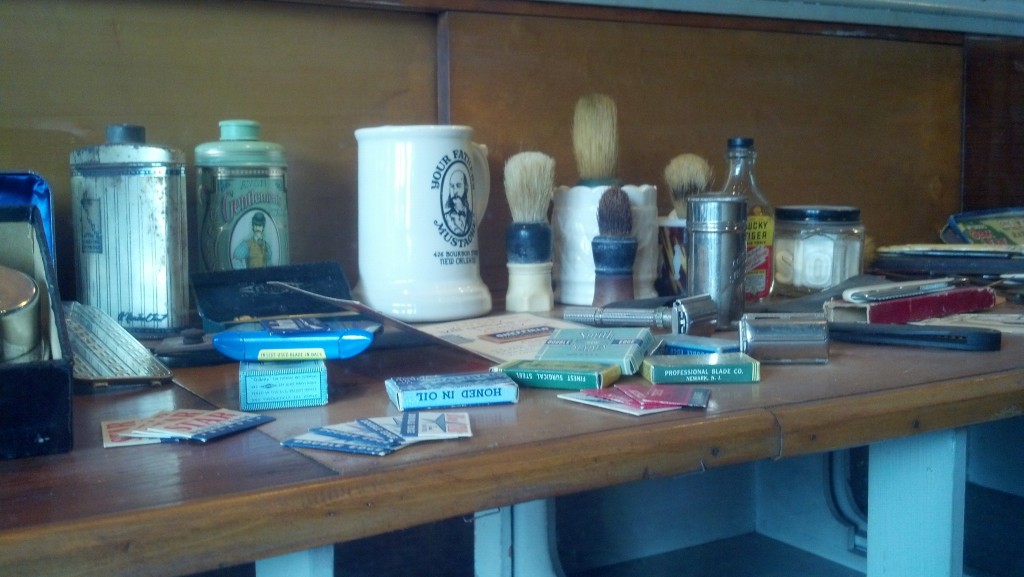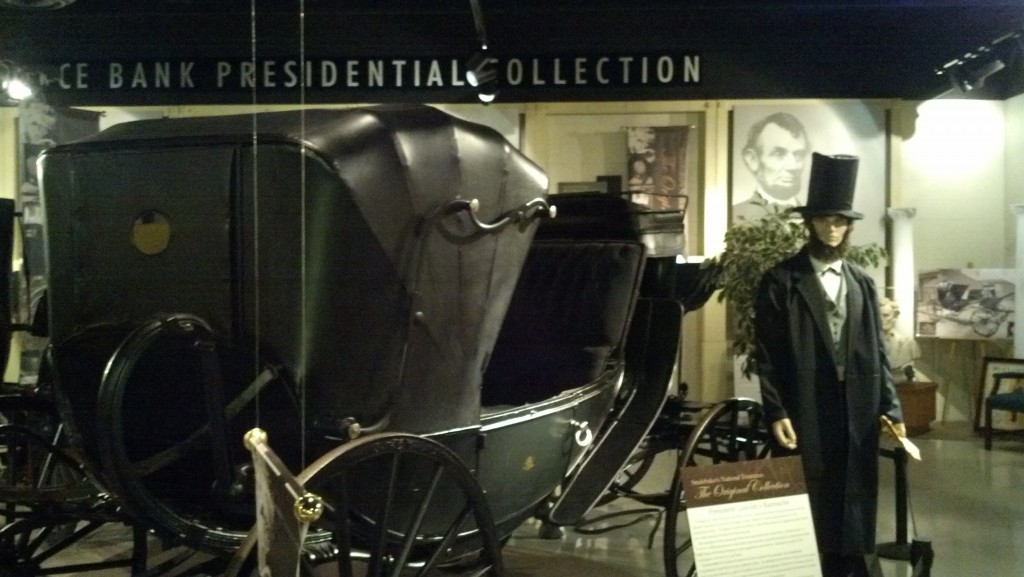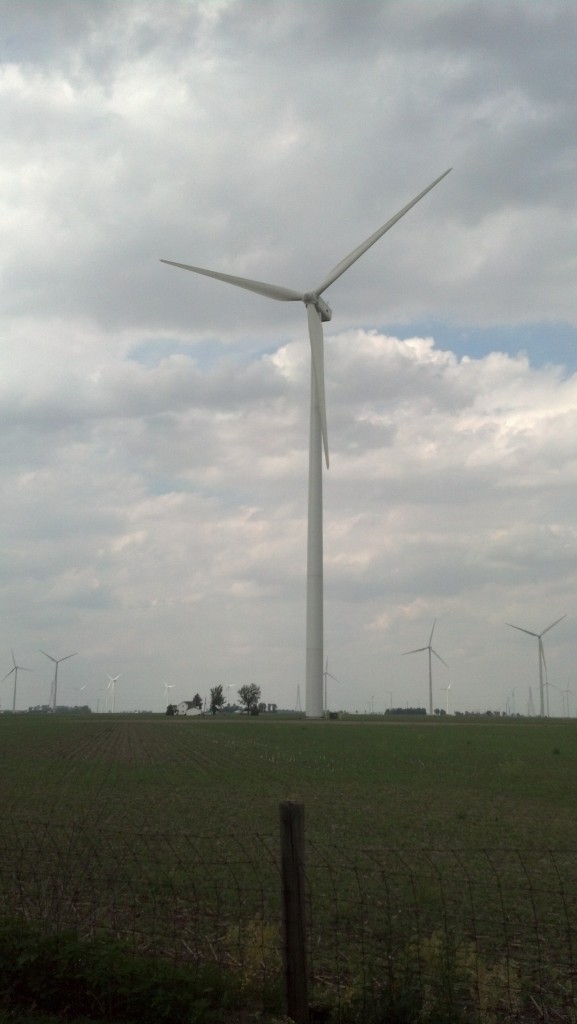
Indiana State Highway 2 bypasses Main Street, seen here, in tiny Westville. (Photo by Michael E. Grass)
VALPARAISO, Ind. — When I reconnected with the Lincoln Highway in Mishawaka on Tuesday afternoon, I followed the original 1913 route, which takes a more northerly track through Northern Indiana via South Bend. The highway was later realigned to follow the more modern U.S. 30, which cuts a more direct route from Fort Wayne toward Chicago, linking up with the original route in Valparaiso.
After my afternoon stop in LaPorte, barbershop owner Adam Wilson suggested I check out the tiny town of Westville on my way to Valparaiso and perhaps stop in at Olga’s Restaurant, which I was told serves up some good pizza. Olga’s is owned by the Pecanac family, which eventually settled in Northwest Indiana after fleeing their native Croatia in 1994 during the civil war in Yugoslavia.
I pulled off State Highway 2, which bypasses the town of 5,800 people, and onto Main Street, which was lined with Lincoln Highway “Coast to Coast” banners. As I was driving around town, I found that there’s not too much the place.
I pulled off to the side of one street to check the rest of the route for the evening.
As I was looking at Google Maps on my smartphone, a portly older fellow walking in the street, bright red from a sunburn, approached me.
“Are you lost?” the man asked me. Continue reading



